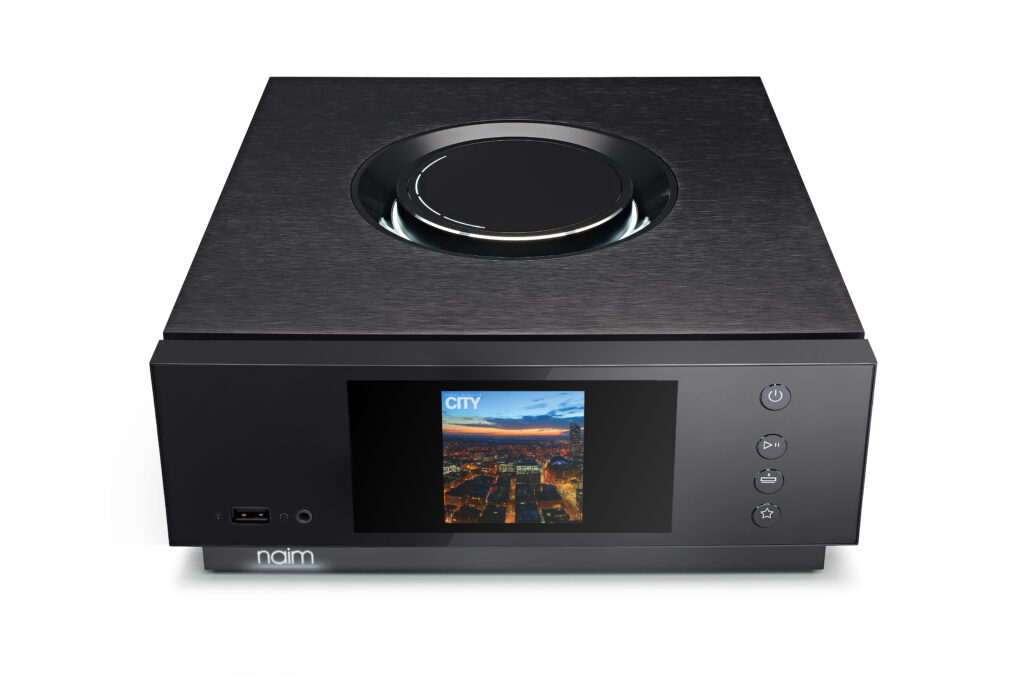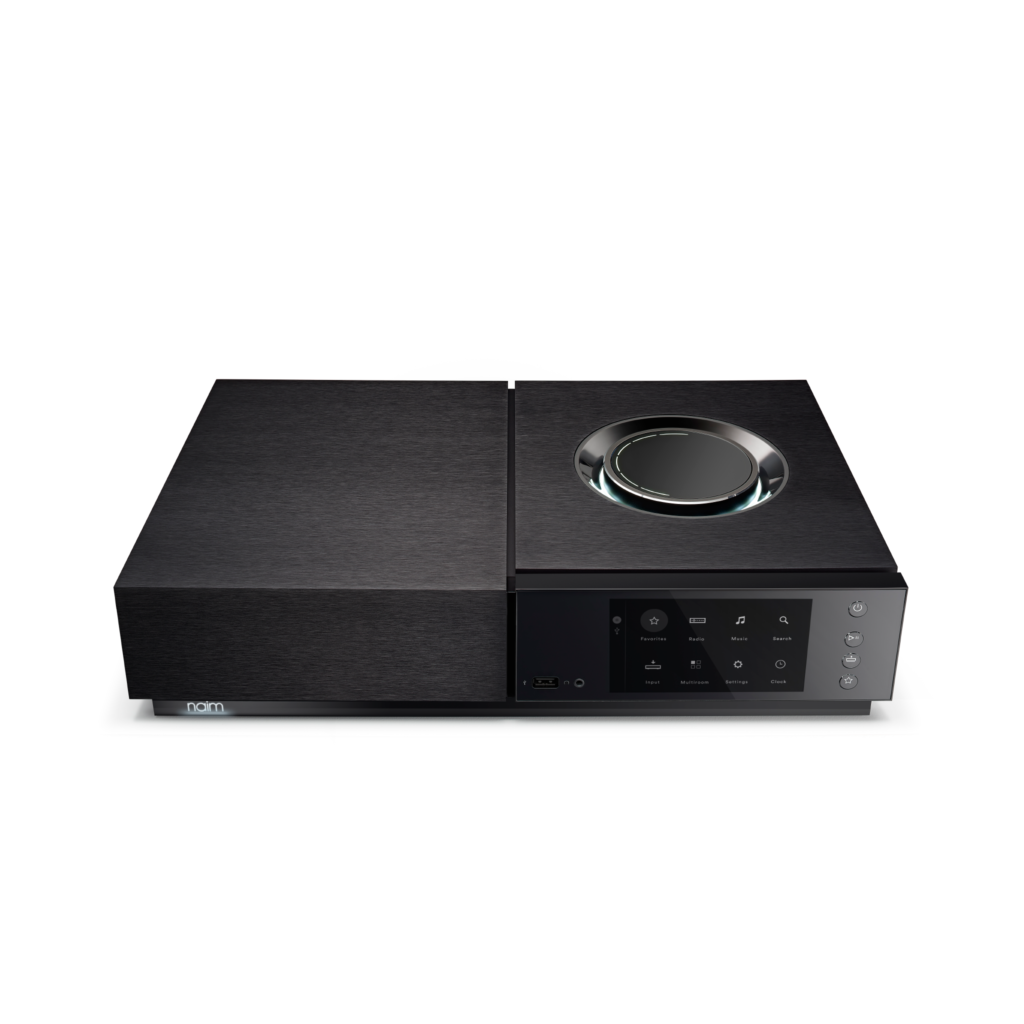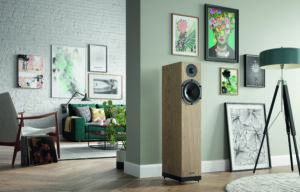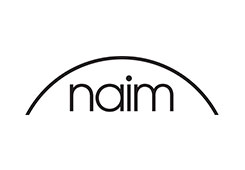
Naim Uniti Atom, Star and Nova comparative review
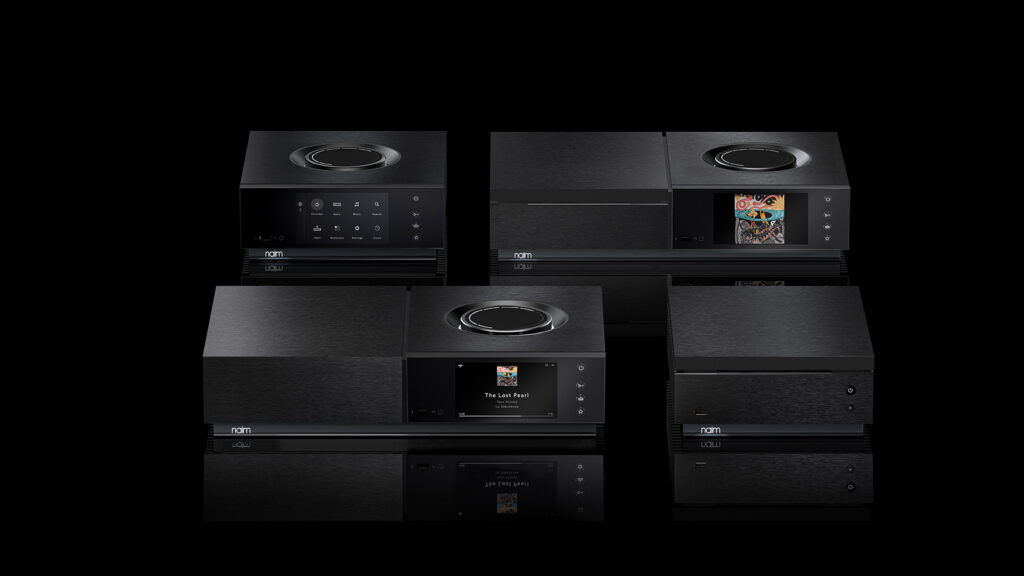
A question we’re regularly asked is how much better is one model than another in Naim’s Uniti series, specifically in the case of the Uniti Star v Uniti Nova, which we hope to shed some light on below.
Naim’s Uniti range has been something of a runaway success here at Criterion Audio since its inception back in 2015.
All models are beautifully finished single-box ‘music systems’, combining a well-sorted streamer and DAC with varying levels of amplification as you move up the range, and in the case of the Star, a CD player for those not quite ready to fully commit to streaming. In a nutshell, the range offers an ideal solution for those who want high-quality sound with the minimum of clutter and wiring, appealing to fastidious style-conscious music lovers who value neatness, but not at the expense of musical enjoyment. Furthermore, if a prospective owner wanted the system to be as inconspicuous as possible, the ability to fully control all models via an iPad means the Uniti could be shut away in a cupboard with only a small amount of ventilation being required.
The streaming platform is shared across all Naim models allowing for seamless multi-room operation, and to further enhance this, all models operate as a Roon Endpoint when used with a Roon Core. The platform offers access to Tidal, Qobuz and Spotify along with internet radio and locally stored music via UPnP by way of either Wi-Fi or Ethernet direct-wired connection. Additionally, it also supports Apple AirPlay, Bluetooth (with Apt X) and Chromecast. Inputs include analogue, digital SPDIF, optical and USB, plus HDMI. It’s safe to say the range provides a veritable tour-de-force of capabilities in one very stylish and well-built package.
The Uniti Atom is the entry-level model with 40 watts per channel of output power in a very compact chassis measuring just 95mm x 245mm x 265mm, and weighing in at a substantial 7kg.
The ‘full size’ Uniti Star is next in the range, with substantially increased output power of 70 watts per channel, plus a CD player/ripper and extra connectivity (one DIN analogue output plus extra coax and BNC SPDIF digital inputs). The Star also includes the same ‘analogue’ volume control found in the Naim NAC-N272 streaming pre-amplifier, which helps to maximise sound quality due to lower distortion than digital volume controls.
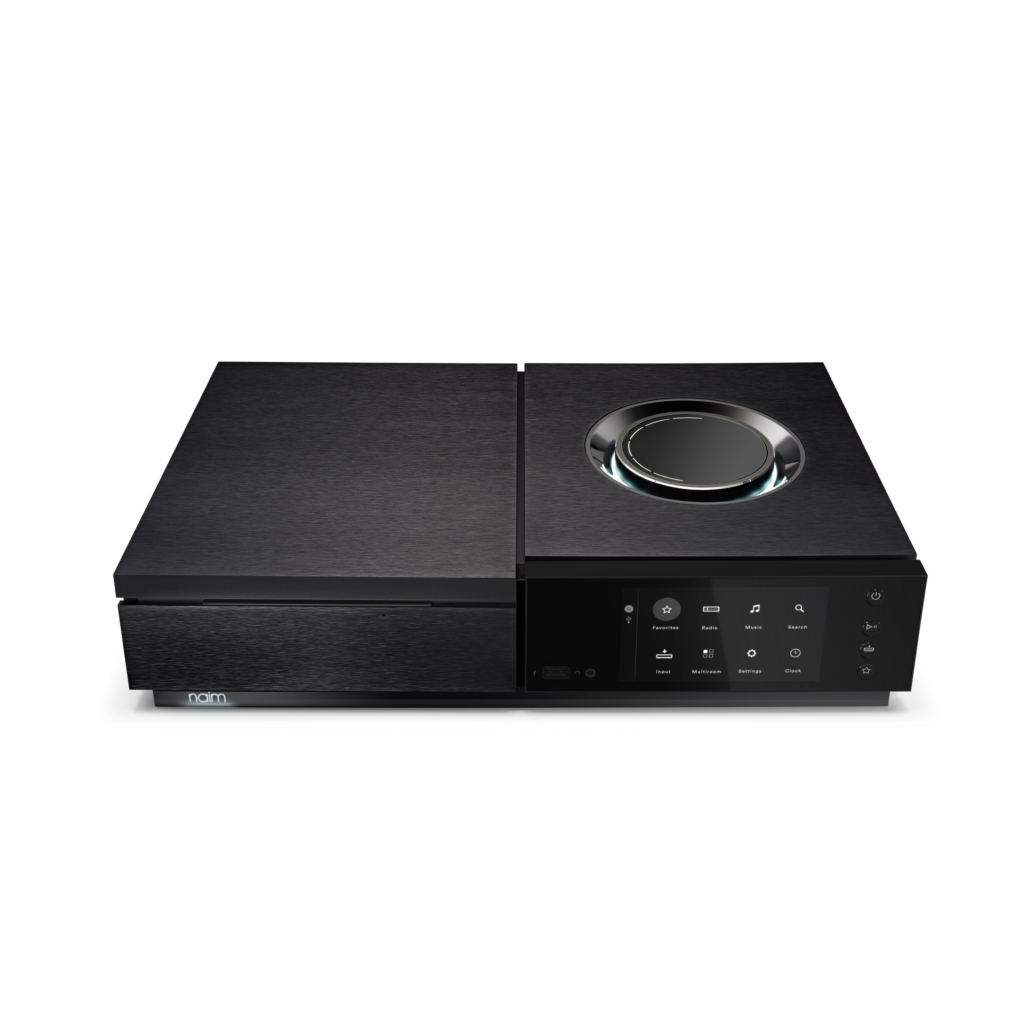
On the top step is the Uniti Nova, which is the same size as the Star and offers a little more power (80 watts per side), but doesn’t feature the CD transport. The space saved by removal of the CD drive has been repurposed for the power amplifier, which, whilst only offering an additional 10 watts per side on paper, has considerably better current delivery due to the inclusion of the largest transformer of all Uniti models. The cost difference between the Star and Nova is almost half that of the Atom and Star, however, as we found, the performance difference belies this due in part to the saving made by removing the CD player.
To get a good idea of each model’s abilities and the differences between them, we partnered them with speakers which we know to be a good match with the Uniti series, namely Spendor’s A4, wired up with The Chord Company’s Epic loudspeaker cable.
Beginning with the Atom and playing the Alborado, Scena e Canto Gitano Allegretto from Rimsky Korsakov’s Capricio Espagnol (Vasily Petrenco, Oslo Philharmonic Orchestra) on Qobuz, the languid nature of the Alborado was very well conveyed. Indeed, we felt the performance was pretty remarkable for such a compact all-in-one system at this price level. The system created a rich, full sound, with nicely separated instruments and a smooth treble character, rendering it very listenable and easy on the ear. The Atom seemed quite forgiving of source material: it didn’t analyse everything to the nth degree or over-emphasise any particular area (something that often blights entry-level models in the quest for a more ‘impressive’ sound), and so was able to deliver musically satisfying results.

Swapping to the Star we were struck by improved detail, broader dynamic range and firmer bass delivery. Overall, this was a bigger, bolder and more insightful presentation. While delivering more of the music, the Star also revealed some of the rougher edges of streamed Tidal data compared to Qobuz.
As one might expect, the Nova gave yet another lift in sound quality, keeping the instruments even better separated than the Atom and Star in the Alborado, Scena e Canto Gitano Allegretto. This is not merely a result of an extra ten watts, as this is neither here nor there in the grand scheme of things, it is simply a better and more musically competent sound. For instance, the fluidity of the harp in this piece is beautifully reproduced, as is the delicacy of the triangle. Rhythms were just that bit more exciting and the sweeping strings were a delight, drawing one into the music even more effectively.
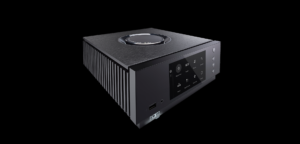
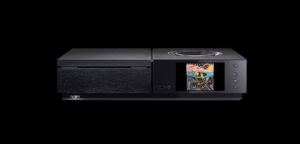
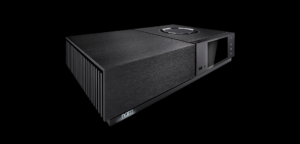
Sensing that the Nova was now being a little held back by the A4s and using Qobuz as the source, we changed the speakers to Spendor’s D7.2, to see just what the Nova was capable of, and we were rewarded with a substantial lift in subjective performance.
The Nova proved itself easily capable of driving the D7.2s to produce a great sound. Not only was the delivery more dynamic, the resolution of detail was noticeably improved. The tonal richness of the violins and woodwind and the deep power of the double basses were all beautifully reproduced, while the harp was palpably more liquid and quite beautiful. (Switching back to Tidal, the presentation was less ‘tidy’ – slightly rougher round the edges and musically less seductive, but his is hardly the fault of the Nova – merely showing how good it is!).
The D7.2s really are rather good. It might not seem to be a suitable pairing, as they are often paired with stand-alone amplifiers more expensive than the Nova, but the Nova is certainly not embarrassed by the result!
We then changed the music, to on old recording of Aretha Franklin’s ‘Say a Little Prayer for You’, progressing through the Unitis in the same order, but this time keeping the Spendor D7.2 speakers connected for all three.

Aretha’s vocals have a touch of distortion (present only on her thinly recorded voice), so we thought this would be a good test of listenability with a less than perfect recording. The Atom gave a very presentable result with Aretha’s vocals sounding really nice, as did the backing singers, while bass lines were distinct and the high hat crisp and clear.
Moving up to the Star, everything sounded better separated and there was greater propulsion to the bass guitar and drum, which was seemingly more rhythmic. Interestingly, Aretha’s vocals were richer and slightly further forward in the mix (more ‘present’). Ironically, although her voice was clearer and fuller, the slight hint of distortion in the recording was less obvious. So, the Star, while providing more detail and realism, made Aretha’s voice sound better, not worse. Maybe due to improvements to the electronics, or the improved volume control. We don’t know why, but does it matter? The sound is better, that’s it!
Moving further up to the Nova from the Star, everything simply moved up a gear: clearer backing vocals, fuller and more present vocals from Aretha and more distinctive bass rhythms and weight. The recorded distortion was even less noticeable, confirming that the Nova manages to pull the same trick as the Star, by sounding better than the model below it, whilst not embarrassing a less-than-perfect recording.
All models in the Uniti range may be upgraded at a later date by connecting a more capable power amplifier to the analogue pre-amp outputs. Logically the amplifier would come from Naim, however, at the time of writing, there isn’t a partnering model available, and although literally any power amplifier could be considered, given the leaning towards aesthetics with the Uniti series, it seems less likely that owners would exercise this option, choosing to stretch the budget at the outset to get the best model they could.
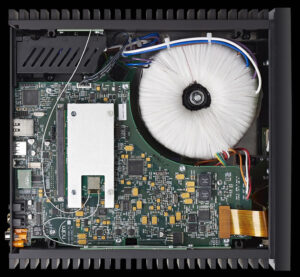
Inside the Atom
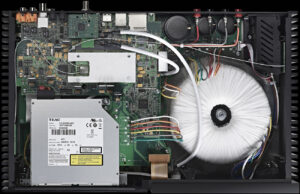
Inside the Star
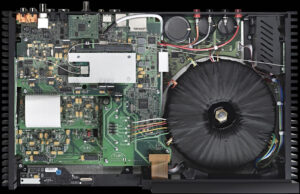
Inside the Nova
So we concluded, not too surprisingly, that each Naim Uniti model provides a significant lift in musical delivery over the model below it in a genuine and predictable progression: it’s not just a case of additional power and features. The Atom was engaging and smooth sounding beyond its price tag with less demanding loudspeakers and in smallish rooms. The Star is perfect for those who like the option to play CDs (where there are very few alternatives) whilst clearly providing improved performance and a substantial increase in power delivery over the Atom, but if CD replay isn’t vital and the loudspeakers are up to the task – either from the outset or as a future consideration – the Nova would be our recommendation, as it pushes the limits of one-box systems at its price-point well beyond the expectations of many, and for a relatively small additional outlay over a Star. Should you like an even higher standard of performance, try a Nova with better loudspeakers than you’d expect – we firmly believe it won’t disgrace itself with anything with a four figure price tag!


